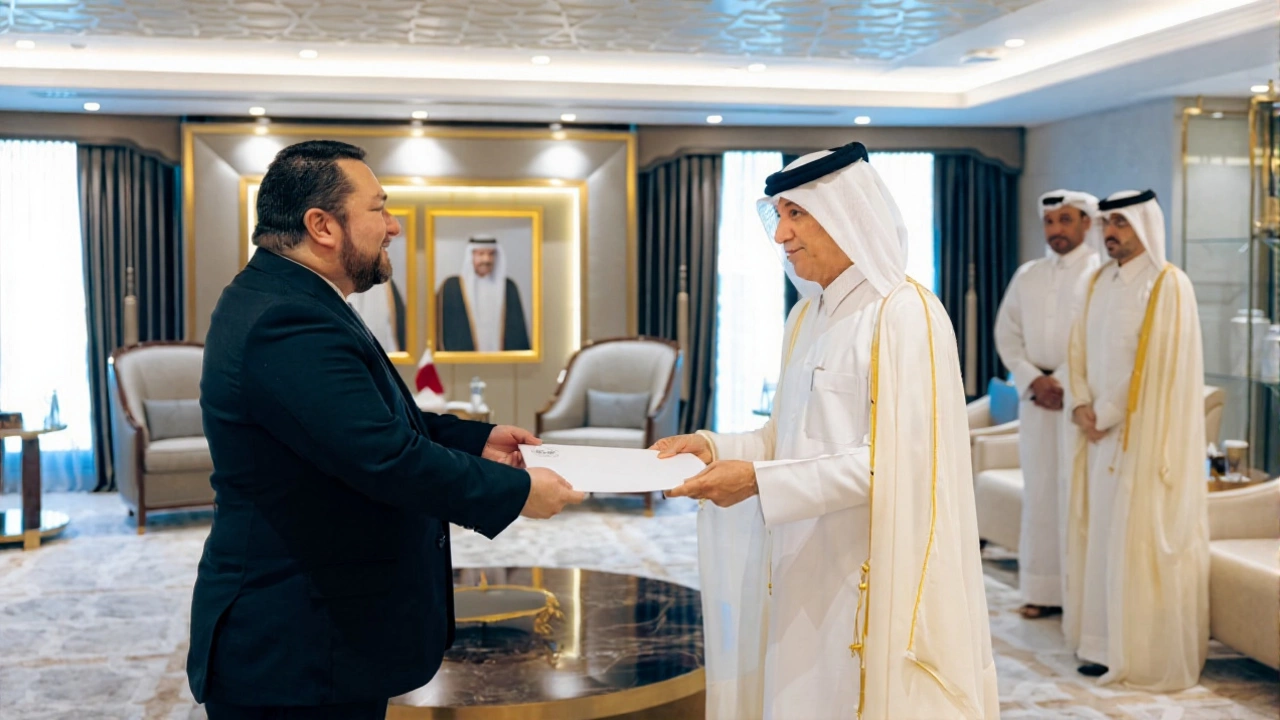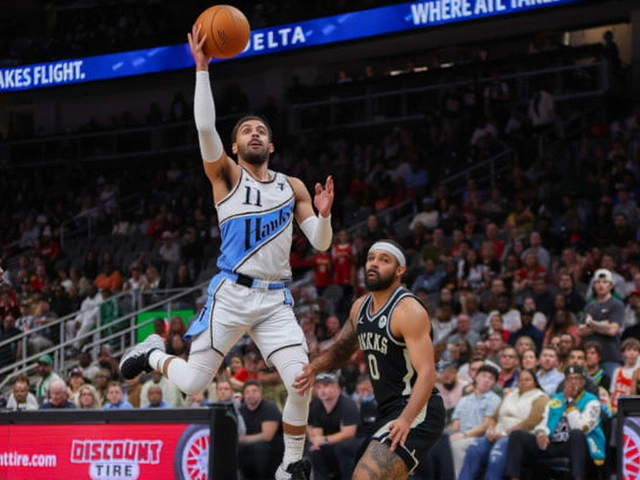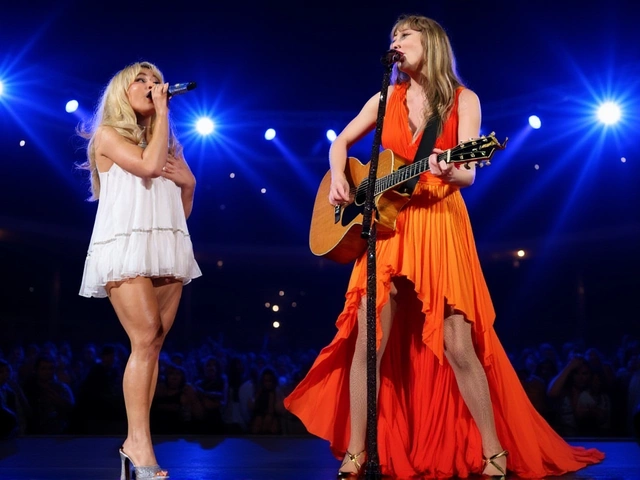On Monday, November 25, 2024, Sultan bin Saad Al Muraikhi, Minister of State for Foreign Affairs, received copies of credentials from three new ambassadors at the Ministry of Foreign Affairs in Doha. The ambassadors — His Excellency Milton Eduardo Omana Acevedo of El Salvador, His Excellency Johnny Mayani of Panama, and His Excellency Jose Enrique Enriquez Rodriguez of Cuba — arrived with official documents signed by their respective heads of state. The ceremony, held in the heart of Qatar’s diplomatic quarter, was not just protocol — it was a quiet signal of deepening ties between the Gulf state and Latin America.
Standard Protocol, Strategic Significance
In Qatar, the credentialing process follows a well-worn but deeply meaningful path. Ambassadors first submit copies of their credentials to the Minister of State for Foreign Affairs — a step that allows the ministry to verify documents and coordinate logistics. Only after this preliminary step do they present the original, sealed credentials to His Highness Sheikh Tamim bin Hamad Al Thani, the Amir of Qatar, at the Amiri Diwan Office. That final ceremony took place on January 26, 2025, nearly two months later, confirming the formal accreditation of all seven ambassadors — including those from Armenia and Nepal — in a single, high-profile event.It’s a system designed for precision. The delay isn’t bureaucracy for bureaucracy’s sake. It’s a buffer — allowing time for security clearances, language translations, and ceremonial planning. And yet, the symbolism is unmistakable: Qatar isn’t just receiving ambassadors. It’s building bridges.
A Diplomatic Web Across Continents
Qatar’s diplomatic reach is vast. As of November 2024, the country maintains formal relations with 176 nations and operates 113 embassies worldwide. The presence of envoys from El Salvador, Panama, and Cuba underscores a deliberate expansion into Latin America — a region Qatar has quietly cultivated since the 1970s.Relations with Cuba date back to September 20, 1972 — one of Qatar’s earliest diplomatic partnerships in the Americas. Panama, recognized on November 21, 1973, became a key transit point for Qatari trade and investment in Central America. El Salvador, with ties formalized on May 25, 1992, has seen growing cooperation in infrastructure and education. These aren’t just historical footnotes. They’re active channels.
“The Minister wished the ambassadors success,” reported The Peninsula Qatar, “assuring them of providing all support to advance bilateral relations.” That’s diplomatic language — but it carries weight. In Qatar’s foreign policy, “support” often means investment, humanitarian aid, or mediation in regional disputes. It means opening doors.
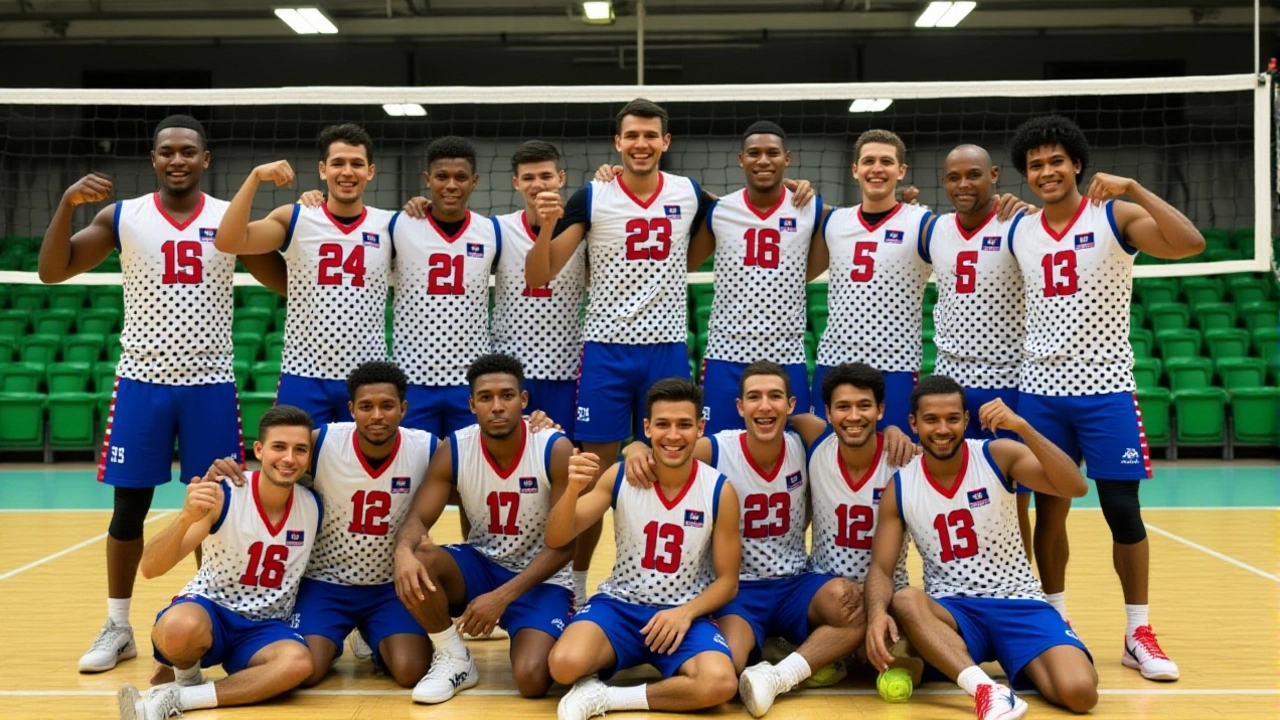
Who’s Behind the Diplomats?
Sultan bin Saad Al Muraikhi, appointed in January 2016, has overseen this expansion. He’s not a flashy figure, but he’s consistent. Under his watch, Qatar has deepened ties with African, Asian, and now Latin American partners — often in sectors overlooked by Western powers: agriculture, renewable energy, and cultural exchange. The ambassadors he received in November didn’t arrive in a vacuum. They were the result of months of behind-the-scenes negotiations, note verbales exchanged between foreign ministries, and vetting by Qatar’s intelligence and security apparatus.Meanwhile, on the same day, Al Muraikhi met with His Excellency Shaban Jashari, the outgoing ambassador from North Macedonia, thanking him for his service. It’s a small moment — but telling. Qatar doesn’t just welcome new envoys. It honors those who leave.
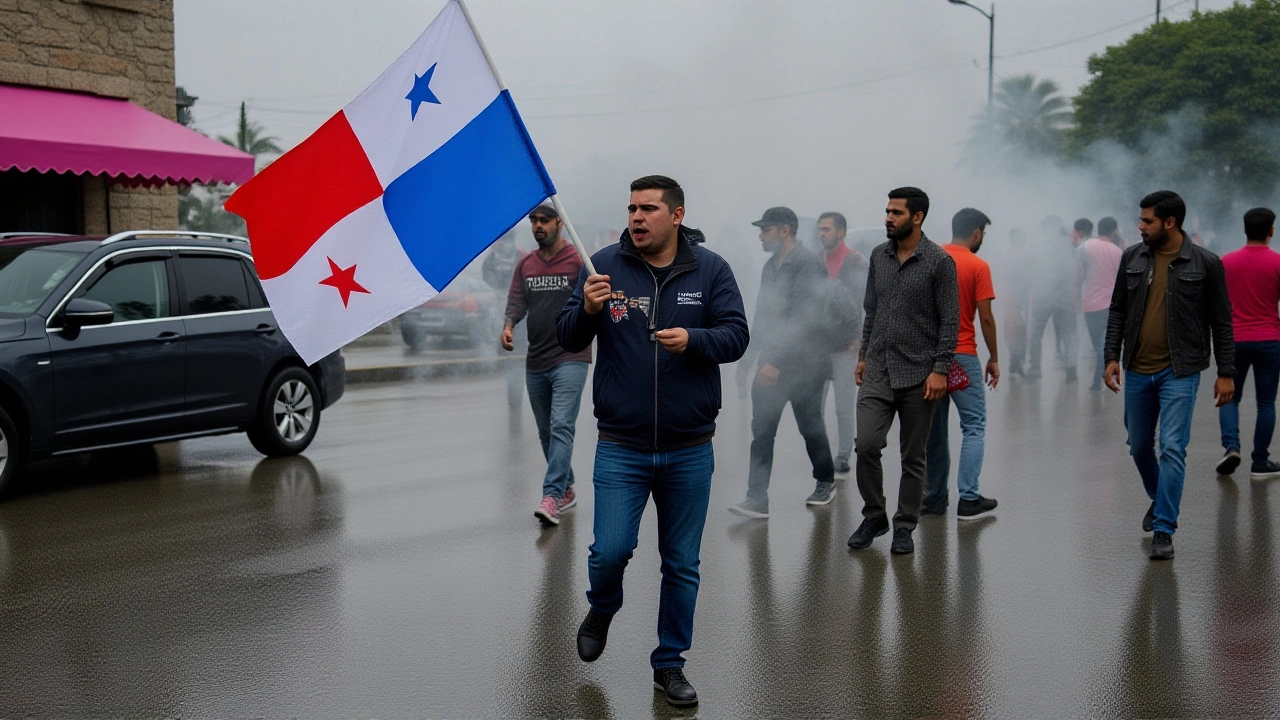
Why This Matters Beyond the Ceremony
This isn’t just about flags and handshakes. It’s about influence. With its wealth, neutrality, and active mediation role — from Gaza to Ukraine — Qatar is positioning itself as a global connector. Latin America, often sidelined in Western-centric diplomacy, is becoming a strategic partner. Qatar’s investments in Panama’s logistics hubs, its medical aid to Cuba, and its educational scholarships in El Salvador aren’t charity. They’re long-term bets on soft power.And there’s the legal backbone: the Vienna Convention on Diplomatic Relations of 1961. Article 13 guarantees immunity. Article 14 outlines the credentialing process. Qatar doesn’t just follow these rules — it upholds them with ritual precision. That consistency builds trust.
What’s next? Expect more Latin American envoys. More trade missions. Possibly even a Qatari ambassador stationed in Havana or San Salvador soon. The groundwork is laid. The credentials have been received. The next chapter is already being written.
Frequently Asked Questions
Why does Qatar require two credentialing ceremonies?
Qatar follows strict diplomatic protocol: the first ceremony with the Minister of State for Foreign Affairs verifies documents and allows administrative preparation, while the second, at the Amiri Diwan Office, is the formal accreditation by the Amir. The two-step process ensures security, legal compliance, and ceremonial dignity, with a 4-6 week gap to coordinate logistics and diplomatic schedules.
How long have Qatar’s diplomatic ties with El Salvador, Panama, and Cuba lasted?
Qatar established diplomatic relations with Cuba on September 20, 1972; Panama on November 21, 1973; and El Salvador on May 25, 1992. These are among Qatar’s oldest partnerships in Latin America, spanning over 50 years with Cuba and Panama, and more than three decades with El Salvador — all maintained without interruption despite regional upheavals.
What role does Sultan bin Saad Al Muraikhi play in Qatar’s foreign policy?
As Minister of State for Foreign Affairs since 2016, Al Muraikhi oversees day-to-day diplomatic operations, including ambassadorial appointments and bilateral negotiations. He’s particularly focused on expanding ties with non-traditional partners in Africa, Asia, and Latin America, helping transform Qatar from a regional player into a global diplomatic hub with 176 recognized diplomatic relationships.
Why are Latin American countries important to Qatar’s foreign policy?
Latin America offers strategic access to global supply chains, natural resources, and multilateral platforms like the UN and OAS. Qatar’s investments in Panama’s logistics sector, Cuba’s healthcare cooperation, and El Salvador’s education initiatives reflect a broader strategy to diversify influence beyond the Middle East and build alliances in underrepresented regions — enhancing its global standing without military entanglements.
What legal framework governs these credentialing ceremonies?
The Vienna Convention on Diplomatic Relations (1961) sets the global standard. Article 13 requires ambassadors to present credentials to the receiving state’s head of state or designated official. Article 14 outlines the process. Qatar adheres strictly to these norms, ensuring legitimacy and mutual respect — a key reason why over 170 countries maintain diplomatic relations with it.
How many ambassadors has Qatar accredited in 2025 so far?
On January 26, 2025, Qatar formally accredited seven ambassadors at the Amiri Diwan Office, including those from El Salvador, Panama, Cuba, Armenia, Nepal, Malaysia, and Mali. This single ceremony marked the largest batch of new diplomatic appointments since mid-2024, signaling Qatar’s continued global outreach despite regional tensions.
